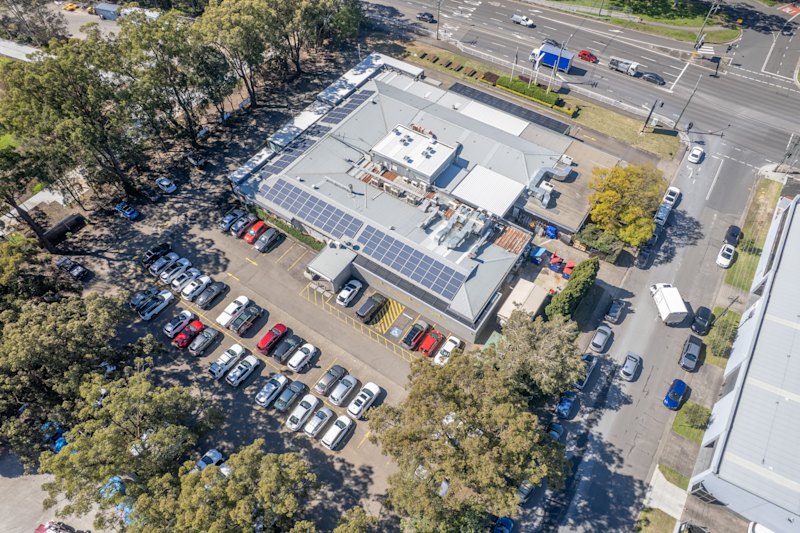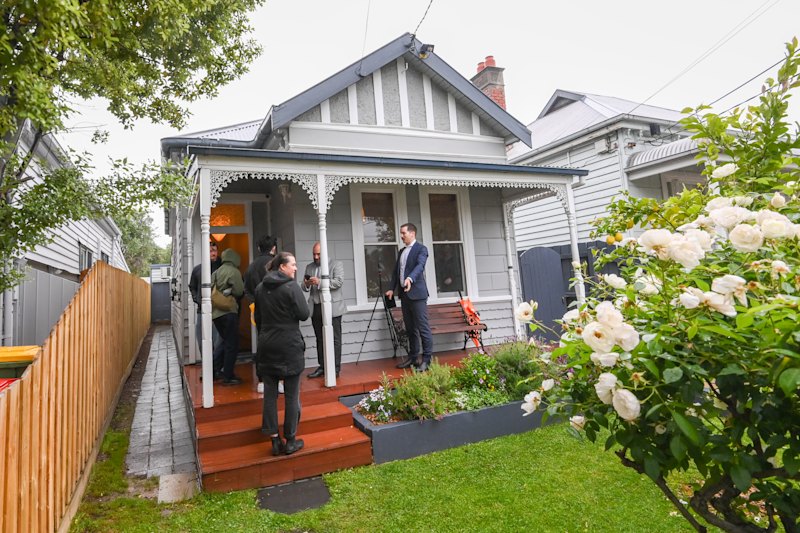How to create a low-maintenance backyard

Have you ever heard someone say they wish their garden needed more maintenance?
We thought not – and there’s a reason for that. “Everyone seems to be time-poor and this follows through to their property and landscape,” says Matt Leacy, director of Landart Landscapes.
“Low-maintenance is way up on the wish list of having a garden created.”
So how can you make low-maintenance a reality at your place?

Phillip Withers suggests choosing hardy plants suited to our climate. Photo: Amelia Stanwix
Have realistic expectations
The first thing you need to know is that every garden requires some looking after.
“People think there’s some magical drought-tolerant, zero-maintenance garden out there,” Leacy says. “But unless you’re planting a cactus garden, this doesn’t exist.
“All gardens need maintenance to thrive.”
Related: I wish I’d known this before planting a garden
Related: Indira Naidoo’s tips for gardening success
Related: An outdoor oasis without the neighbours
You can schedule in that bit of maintenance, either by doing a little bit at a time, or blocking out a few full days to get things done.
“There are some things you need to do at certain times of the year,” Leacy says. “That might include mulching once a year, regular fertilisation and cutting plants back when they need it. You can plan to spend, for example, five days in the garden throughout the year, which you can put into your calendar.”

It’s important to build a garden that fits into your lifestyle. Photo: Vivian Scarpari
Planning is vital for low maintenance
Your garden will require a lot of looking after if it hasn’t been well-planned.
Leacy says the best thing you can do in a low-maintenance garden is consider how it will be watered.
“Fitting out a good irrigation system is like an insurance policy,” he says. “Watering your garden can take up hours in a week – even in drought-tolerant gardens – so an irrigation system makes sure that if don’t have time to water it, your plants will still get the water they need.”
Mulch is also a great idea for keeping plants healthy with minimum effort. “Lay down a thick layer of mulch to keep the weeds at bay and retain the water,” Leacy says. “This helps to cut down maintenance while also feeding the plants at the same time.”
Choose the right plants
Really good soil preparation is key to a great low-maintenance garden, as is making sure that what you’re planting is suited to your area.
Phillip Withers, from Phillip Withers Landscape Design, suggests choosing “natives or a blend of natives and hardy exotics that are suited to this climate – then they won’t need too much upkeep or watering”.
Outsource your garden maintenance
If you really can’t spare the time to maintain your garden, and your plants aren’t thriving because of this, it could be time to outsource.
“If your garden ends up being more maintenance than you thought, you might need to engage a gardener to keep it looking great,” Withers says.
Avoid messy or high-maintenance plants
Leacy says hedges or other plants that need regular clipping are best avoided if you want a low-maintenance garden.
“You might also want to avoid using messy trees, like eucalypts that drop a lot of bark, leaves and flowers, because they’ll need to be cleaned up regularly,” he says.
“Flowers tend to need to be cut back at certain times, so the more you avoid flowers the more you can cut the maintenance that comes with them.”
Figure out what will work for you
Everyone’s definition of a low-maintenance garden is different and your garden needs to fit with your own definition.
“You need to think about the amount of care and water that your garden requires and then match that with your own habits,” Withers says.
“Ask yourself, how much time would you like to spend in your garden each month? When you have your answer, you can build a garden that fits within that time frame.”
The power of all these factors combined will minimise the ongoing work you’ll need to do in your garden.
We recommend
States
Capital Cities
Capital Cities - Rentals
Popular Areas
Allhomes
More







